What Size Telescope ?
The size of a telescope can vary greatly depending on its purpose and design. Telescopes can range from small handheld devices with a few inches in diameter, commonly used for amateur stargazing, to large professional observatory telescopes with diameters of several meters. The size of a telescope's primary mirror or lens is often used as a measure of its size, with larger mirrors or lenses allowing for greater light-gathering capabilities and higher resolution. The choice of telescope size depends on the specific needs and goals of the observer, whether it be casual stargazing, astrophotography, or professional astronomical research.
1、 Aperture size
The size of a telescope can refer to either its physical dimensions or its aperture size, which is the diameter of its primary mirror or lens. The aperture size is a crucial factor in determining the telescope's light-gathering ability and resolving power. Generally, larger aperture telescopes can collect more light and provide sharper and more detailed images.
When considering what size telescope to choose, it depends on the intended use and personal preferences. For casual stargazing and observing the Moon and planets, a smaller telescope with an aperture size of around 70-90mm can be sufficient. These telescopes are often portable and easy to set up, making them suitable for beginners or those with limited space.
However, for more serious astronomical observations, a larger aperture is recommended. Telescopes with apertures ranging from 150mm to 300mm or more are commonly used by amateur astronomers. These larger telescopes can reveal fainter objects such as distant galaxies, nebulae, and star clusters. They also provide better resolution, allowing for more detailed views of planets and other celestial bodies.
It's worth noting that the latest advancements in telescope technology have made larger aperture telescopes more accessible and affordable. With the advent of computerized mounts and improved manufacturing techniques, larger telescopes are now more portable and easier to use than ever before.
In conclusion, the size of a telescope, specifically its aperture size, is an important consideration when choosing a telescope. While smaller telescopes can be suitable for casual observations, larger aperture telescopes offer superior performance and are preferred by serious astronomers. The choice ultimately depends on the individual's needs, budget, and level of interest in astronomy.
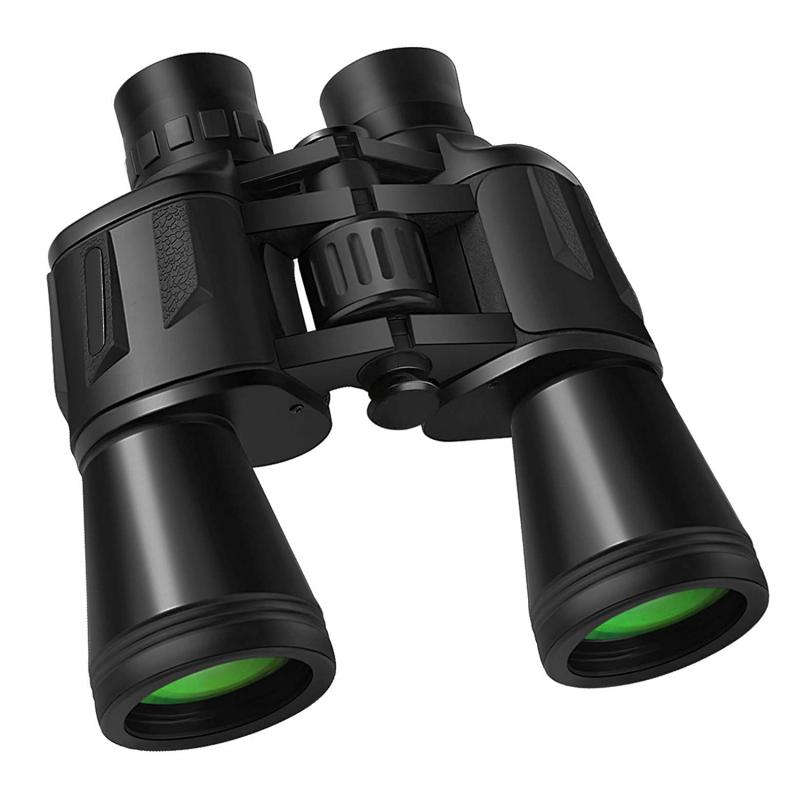
2、 Focal length
The size of a telescope refers to its aperture, which is the diameter of its primary mirror or lens. The aperture determines the amount of light the telescope can gather, which directly affects its ability to resolve fine details and observe faint objects. Generally, larger apertures are preferred as they provide better image quality and allow for more detailed observations.
The choice of telescope size depends on the specific needs and preferences of the observer. For casual stargazers or beginners, a smaller telescope with an aperture of around 70mm to 90mm can be sufficient to observe the Moon, planets, and some brighter deep-sky objects. These telescopes are often portable and easy to set up, making them ideal for beginners or those with limited space.
However, for more serious astronomers or those interested in astrophotography, larger telescopes with apertures of 8 inches (200mm) or more are recommended. These telescopes offer greater light-gathering power, allowing for clearer views of faint objects and more detailed observations of planets and deep-sky objects. They also provide better potential for astrophotography, capturing stunning images of celestial objects.
It is important to note that while larger telescopes offer advantages in terms of image quality, they can be more expensive, heavier, and require more storage space. Additionally, the focal length of a telescope is also a crucial factor to consider. Longer focal lengths provide higher magnification, which is useful for planetary observations, while shorter focal lengths are better suited for wide-field views of the night sky.
In recent years, technological advancements have made smaller telescopes more capable, with improved optics and computerized tracking systems. This has allowed for impressive views of celestial objects even with compact instruments. Ultimately, the choice of telescope size and focal length should be based on individual needs, budget, and observing goals.
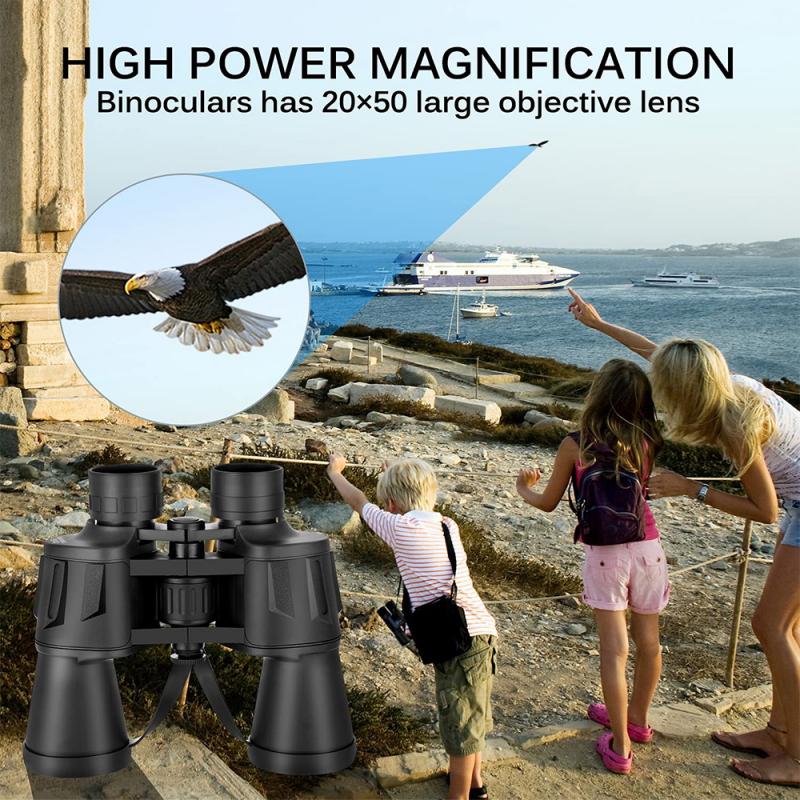
3、 Magnification power
The size of a telescope refers to its aperture, which is the diameter of its primary mirror or lens. The aperture determines the amount of light the telescope can gather, which directly affects its ability to resolve fine details and observe faint objects. Generally, larger apertures allow for better image quality and higher resolution.
When it comes to magnification power, it is important to note that magnification alone does not determine the quality of the image. In fact, using excessively high magnification can often result in a blurry or dim image due to atmospheric conditions and limitations of the telescope itself. The maximum useful magnification of a telescope is typically around 50 times its aperture in inches (or 2 times its aperture in millimeters).
Therefore, the ideal size of a telescope and its magnification power depend on the specific observing goals and conditions. For casual stargazing and observing the Moon and planets, a telescope with an aperture between 4 and 8 inches (100-200 mm) can provide satisfying views. For more detailed observations of deep-sky objects like galaxies and nebulae, larger apertures of 8 inches (200 mm) or more are recommended.
It is worth mentioning that recent advancements in telescope technology, such as computerized mounts and improved optics, have made it easier for amateur astronomers to achieve impressive results with smaller telescopes. Additionally, the use of astrophotography techniques can enhance the capabilities of telescopes, allowing for detailed imaging of celestial objects.
In conclusion, the size of a telescope and its magnification power should be chosen based on the specific observing goals and conditions. While larger apertures generally provide better image quality, recent advancements in technology have made smaller telescopes capable of producing impressive results.
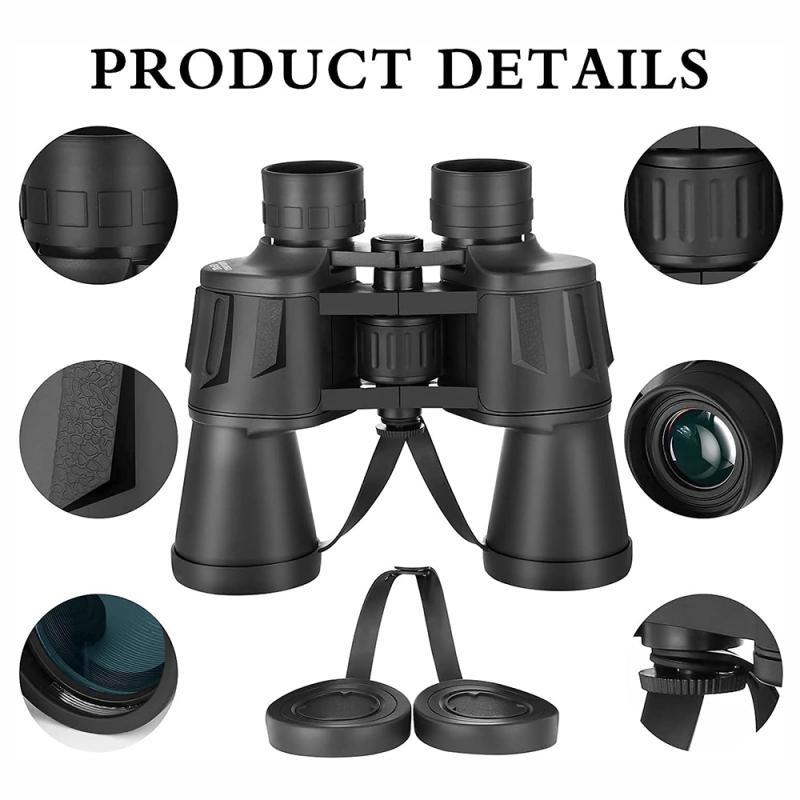
4、 Optical design
What size telescope and optical design are best for observing celestial objects is a complex question that depends on various factors. The size of a telescope refers to its aperture, which is the diameter of its primary mirror or lens. Generally, larger apertures allow for more light-gathering power and better resolution, resulting in clearer and more detailed views of celestial objects.
For observing planets, the Moon, and bright deep-sky objects, a telescope with an aperture between 4 and 8 inches (10-20 cm) can provide satisfactory results for most amateur astronomers. These sizes are commonly found in popular telescopes like Schmidt-Cassegrains and refractors. However, for more detailed views of fainter deep-sky objects, larger apertures, such as 10 to 16 inches (25-40 cm), are recommended.
Regarding optical design, there are several options available. Refracting telescopes use lenses to gather and focus light, providing excellent image quality but often at a higher cost. Reflecting telescopes, on the other hand, use mirrors to gather and focus light, offering a more affordable option with larger apertures. Compound telescopes, like Schmidt-Cassegrains, combine lenses and mirrors to provide a compact design with good image quality.
The latest point of view in telescope design is the increasing popularity of computerized or GoTo telescopes. These telescopes have built-in computer systems that can automatically locate and track celestial objects, making them more user-friendly for beginners. Additionally, advancements in technology have led to the development of more compact and portable telescopes, allowing for easier transportation and setup.
Ultimately, the choice of telescope size and optical design depends on individual preferences, budget, and observing goals. It is recommended to consult with experienced astronomers or visit a local astronomy club to gain further insights and hands-on experience before making a purchase.


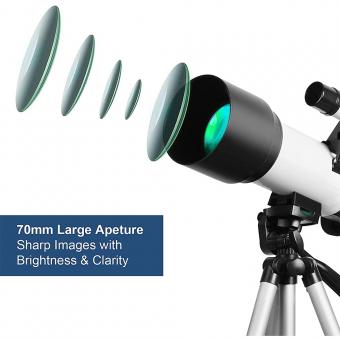







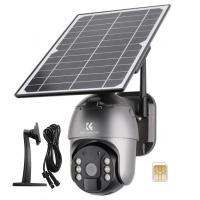

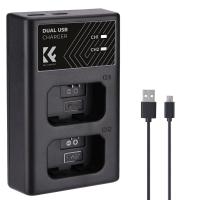
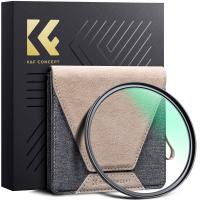
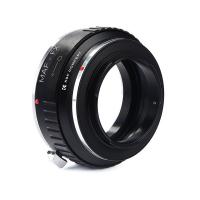




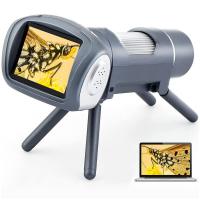

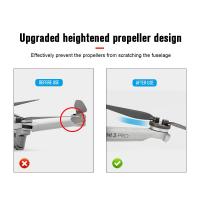


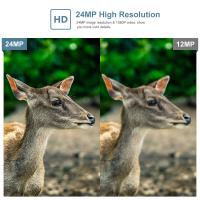

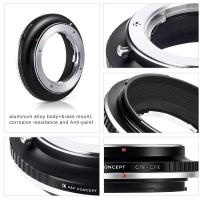
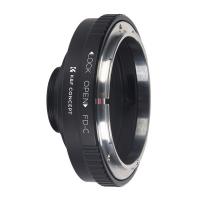
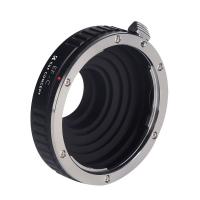
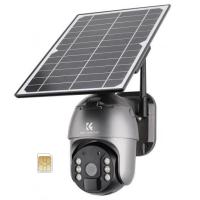
There are no comments for this blog.